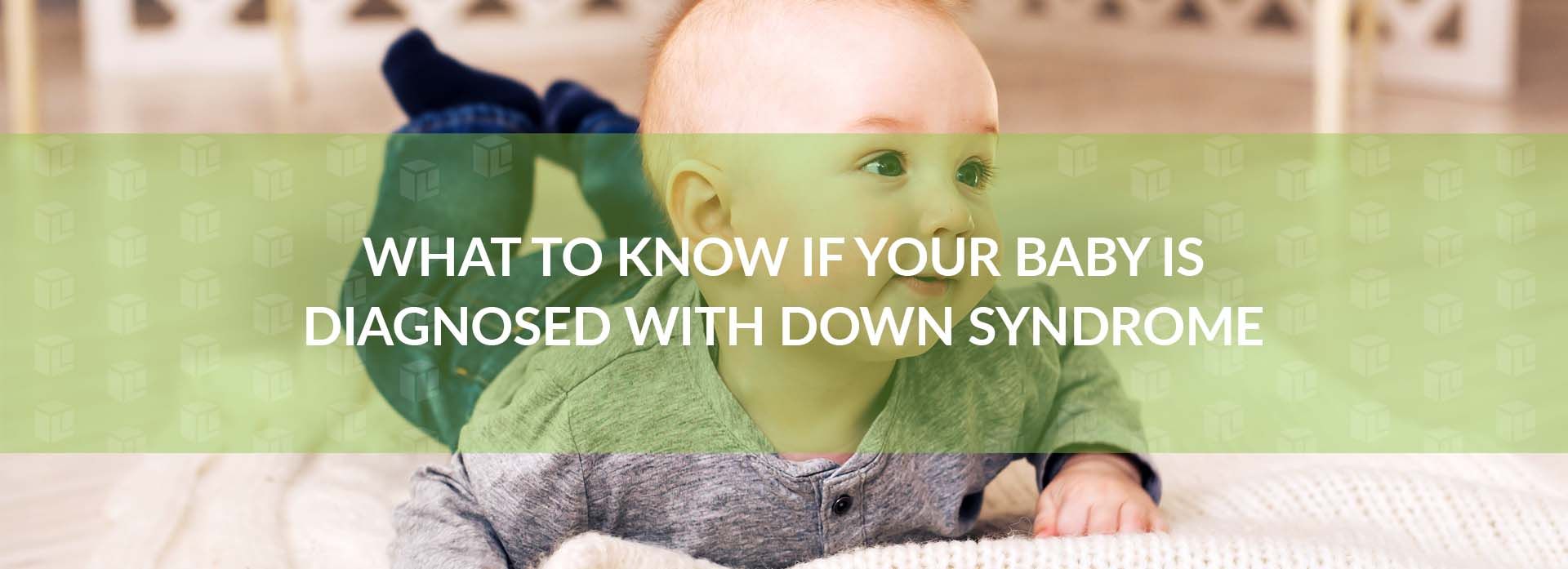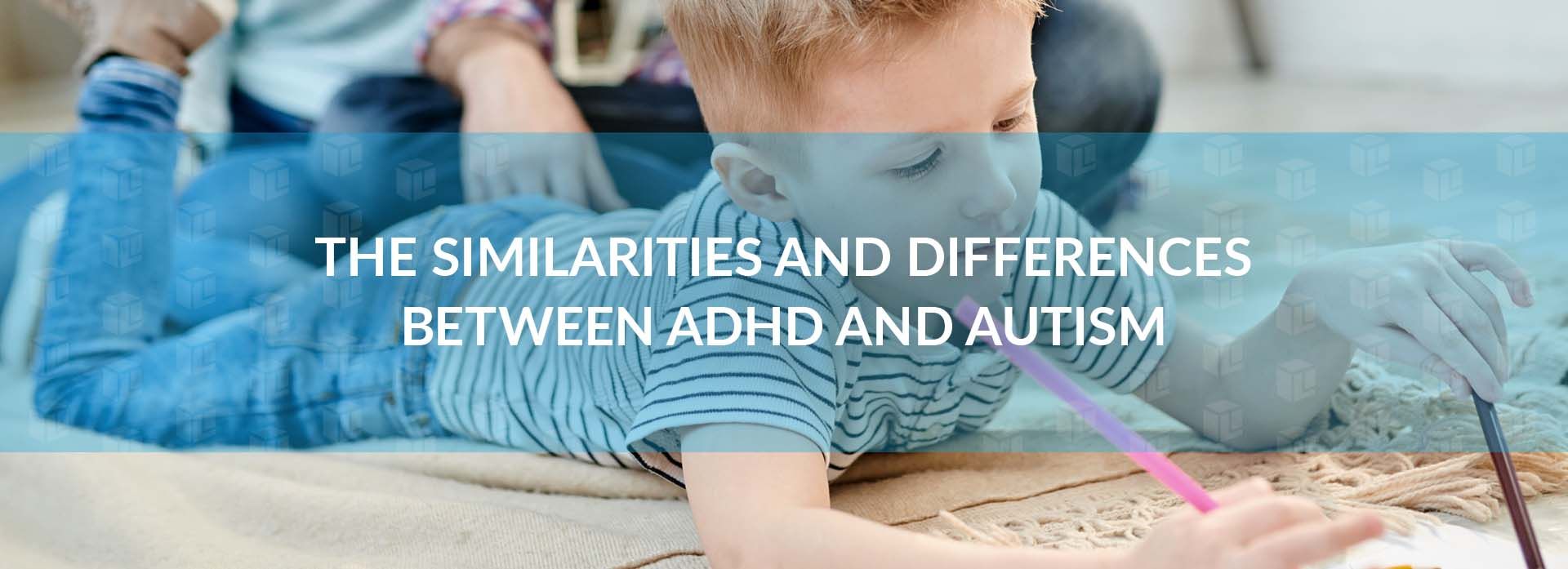While we often talk about global statistics on autism here, we rarely drill down into the social and physiological differences in terms of autism diagnosis. We have talked a bit in the past about cultural differences and their effects. However, a number of resources are beginning to point to an issue within our community that needs to be addressed. Many girls with autism are getting left behind, misdiagnosed or never diagnosed at all. This has neurological and physiological reasoning behind it, but there is a social codification at play that leads to girls with autism going without the resources they need. At Lexington, we want to make sure that everyone is given the opportunities they deserve. Let’s take a look at girls getting diagnosed with autism and why they are being left behind.
Understanding The Model For Autism Diagnosis
While we may have made great strides in the west to help diagnose and provide resources for people with ASD, we still have a lot to adjust and a lot to learn. While we understand more about the spectrum and neurodiversity, we are still far from understanding the causes and the full scope of what lies on the spectrum. In other instances, we are using scientifically improper data that needs to be updated. The criteria that many experts use now was created from a study that was almost entirely comprised of boys. Girls experience growth and neurological change differently than boys and it often takes longer to discover that girls have autism, even if their autism is on par with their male peers in terms of severity. While this data subset may need to be updated, it takes a measurable subset of criteria to change the diagnosis field and there has been significantly less effort put into understanding autism in girls alone. Therefore, when choosing to get a diagnosis for girls with autism, parents need to be extra vigilant in whose opinion they trust and how many opinions they receive. Unfortunately, many girls go through much of their young lives believing they have OCD, BPD or even eating disorders without ever realizing that they have ASD and should seek resources for that.
How Autism Presents In Girls
The symptoms for girls with autism are not unlike those of their male counterparts, but they are often overlooked due to stereotypes that still find their way into medical fields. Girls and boys might have developmental delays in language acquisition, as well as meltdowns, but boys meltdowns present with a typical misunderstanding of social expectations. Boys simply do not care that much about social interaction at a young age, where girls with autism tend to notice and study social norms, finding ways to blend in because of a desire for companionship. Furthermore, girls that are tracking social trends may develop an excessive interest in something, it’s easier to miss than some male obsessions. An excessive obsession with horses might go unnoticed where an obsession with train schedules might not. Girls also tend to have marked change over time. Boys who tend to show signs of autism at age 7 will maintain a consistency in behavior, while girls with autism might have significant changes in their behavior and skill development between 7, 10 and 16 years old. For girls with autism, the coping factor for the stress and depression that comes from being misunderstood can also lead to harmful actions, such as self harm or eating disorders, as opposed to boys that may get angry or even violent. In these cases, girls may go years without anyone noticing there is something wrong. It’s a trained experts job to understand the masked elements that indicate that someone is on the spectrum.
Masking Symptoms
Girls with autism tend to have a better social awareness than their male counterparts, or at least they appear to have a better understanding. For a lot of girls, there is a better understanding of social norms. Girls with autism seem to connect more with the social expectations of their peers and many girls with autism spend a lot of time studying their peers to appear to fit in with the social expectations. Many researchers indicate that this masking of symptoms makes it harder to identify autism in females, although there are advocates that believe the diagnosis criteria needs to be adjusted. While girls with autism may appear to have social understanding down, the inner struggle is exhausting. And if the criteria isn’t changed to further understand autism in females, more and more girls will get diagnosed later and later in life, which poses more risks than people are often aware of.
Why It’s Crucial To Help Girls With Autism
Like many of their peers with autism, girls with ASD are common targets for bullying. This is far too common in the autism community and people are working to end bullying. However, there are other risks for girls with autism that can be deadly serious. Girls with autism still might miss certain social cues, making them a little less aware of the dangers of some situations. Girls can sometimes find themselves in emotionally or physically abusive relationships or friendships without resources to escape or they may even be targets for sexually inappropriate or dangerous treatment. Girls with autism that are unaware of their condition may be particularly susceptible. It’s vital for those around to identify the signs and get help as quickly as possible.
How Can Anyone Help?
It’s imperative for parents and guardians that feel like there may be a social or behavioral difference in their young children to seek help as early as possible. Girls with autism may appear to have less of the “telltale” signs at first, but with enough observation, experts can determine what identifies early signs. Vigilance is also key as some experts might miss these signs. If a parent or guardian thinks something might have been missed, they should always seek a second opinion. Furthermore, the best thing you can do after a diagnosis is to partner with a service provider that can connect you with the needed services, therapy and education your family will come to value! That’s why so many in the Phoenix area trust Lexington Services. If you are seeking a partner in Arizona, call us now at 480-900-1009 or send an email to info@lexingtonservi.wpengine.com.











